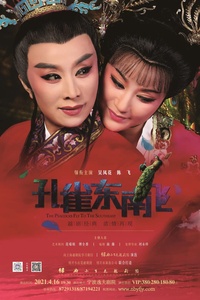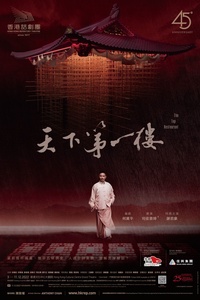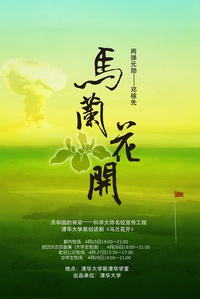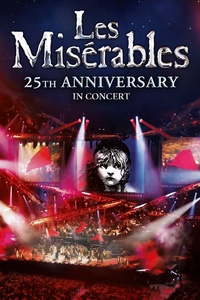六位“广场舞大妈”是这个舞蹈剧场的主角。她们出生于上个世纪五十、六十年代,是一代人,一个群体。她们是集体中的个人。剧场灯光亮起,阿姨们不再伴着“小苹果”起舞。
这是“群众”演员与“舞蹈剧场”的一次相遇——阿姨们在这里扮演自己,“舞蹈”她们的日常——她们的“在场”帮助创作者完成了这一命题,一段“舞的历史”也作为重要线索贯穿其中。
这是80、90后创作者与其父母一代对话的结果。
This story starts with a community called Dama, a community consists of millions of middle age Chinese women. They dance, everywhere in China, everyday. Their dance is known in China as Square Dancing - which is vastly diffe...
六位“广场舞大妈”是这个舞蹈剧场的主角。她们出生于上个世纪五十、六十年代,是一代人,一个群体。她们是集体中的个人。剧场灯光亮起,阿姨们不再伴着“小苹果”起舞。
这是“群众”演员与“舞蹈剧场”的一次相遇——阿姨们在这里扮演自己,“舞蹈”她们的日常——她们的“在场”帮助创作者完成了这一命题,一段“舞的历史”也作为重要线索贯穿其中。
这是80、90后创作者与其父母一代对话的结果。
This story starts with a community called Dama, a community consists of millions of middle age Chinese women. They dance, everywhere in China, everyday. Their dance is known in China as Square Dancing - which is vastly different from its Western counterpart - a form of collective dancing activity that takes place in public squares, plazas or parks in the cities, days and nights.
Six Damas are the protagonists of this dance theatre. Born in the 50s and 60s of the last century, they belong to a generation that was marked by the idea and reality of collectivity that was heavily Socialist in nature. They have no professional dancing experience, but only a piece of glorious memory about dancing, back in the time of the Cultural Revolution (1966-76), when modernised folk dance was widely performed as the national propaganda program. This memory defines their understanding of “dance” and shapes their “dance” that is haunting the nation again today. The work “50/60” invites Dama to share and express their collective memory through dancing. It reveals how their bodies have been shaped by different aesthetics, ideologies and cultures, by meticulous constructions of self-identity during the last fifty years.
显示全部
















0 有用 格叁 2019-12-09
我第一次见到梦凡就在谢幕的时候。
0 有用 Hellenes 2018-09-02
我学习过这部戏
0 有用 ususu 2018-03-31
曾经的新生单元……
0 有用 蔡粘粘 2017-03-22
很纯粹
0 有用 墨息墨息 2016-10-23
Bologna